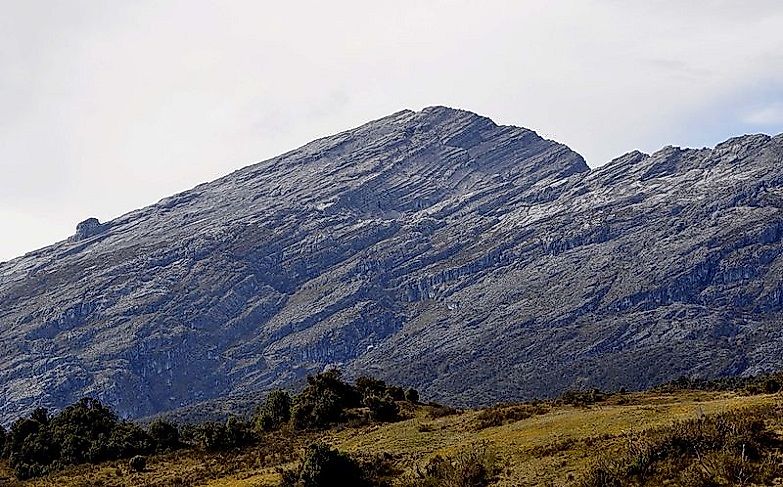Where Does The Puncak Mandala Rise?

5. Description
The Puncak Mandala is situated in the New Papua province in the Oceanic nation of Indonesia, and it is one of the World's Second Summits, representing the region of Oceania. It was also known as Juliana Peak or Juliana Top until the year 1963. The peak attains an elevation of 4,760 meters, or 15,617 feet, amongst the mountain peaks in the area. It is also one of the highest free-standing mountains of Oceania, Australasia, New Guinea, and Indonesia, and also follows Mount Carstensz, which is 350 kilometers to the west. The peak has been rated as the second highest peak in Oceania with the use of data from the Shuttle Radar Topography Mission.
4. Historical Role
Puncak Mandala is being rated as one of the three highest massifs, along with the Puncak Trikora and Carstensz, in the Western New Guinea province. Just as the other peaks have also lost their ice caps, similarly is the case with this peak, as it lost its own as well in the year 1960. This was also found true by the Dutch adventurers who mapped it and saw it forms the part of a mountain star in the eastern region, situated near the border between Indonesia and Papua New Guinea. The climbing to the peak was first successfully done in the year 1959 by the members of Dutch Star Mountains Expedition, who also found a lake in the area which is named as Beatrix More, and is about 800 meters in length.
3. Modern Significance
Today, Puncak Mandala is mostly used for trekking expeditions and for camping in its lowland regions by Indonesian tourists during the months of trekking. The paths usually followed by such adventurous people starts from the village Bime in the northern region and travels up along a considerable incline in the region. This place is mostly suited for experienced people who are already handy with rock climbing equipment. Even expert climbers sometimes falter here, as one of the Australian Expedition members actually failed as recently as the year 1996. One can also find the adventure and thrill mixed in the trip as one has to pass through jungle areas during their expeditions into the mountain region. Further highlighting the need for climbers here to be experienced as stated is the fact that this nice trek, after reaching 4,000 meters above sea level, Global Positioning Satellite (GPS) navigation systems often cannot be used due to the presence of mist.
2. Habitat
The mountain peak of Pucak Mandala is still being seen as a challenge by modern mountaineers, as it has remained seemingly impossible for many people to complete their expeditions to the peak's top. Even the lowlands and highlands areas well below the peak are covered with dense forests that are difficult to navigate, and these are habitats to many mountain animals and bird species, and grasslands are to be found in other areas around the mountain peak as well. There are also native villagers who are based in the lowland areas at the base of the mountain.
1. Threats and Disputes
The main threat to the peak is global warming, which has caused its ice cap to melt during recent years and, due to that, the height of the peak is becoming steadily lowered down still today. Even this melting has posed danger to the trekkers, as their expeditions fail many times. The other threat is to the species living in the area, as they are often hunted down by the local villagers, many of whom also work as guides for the climbers.











